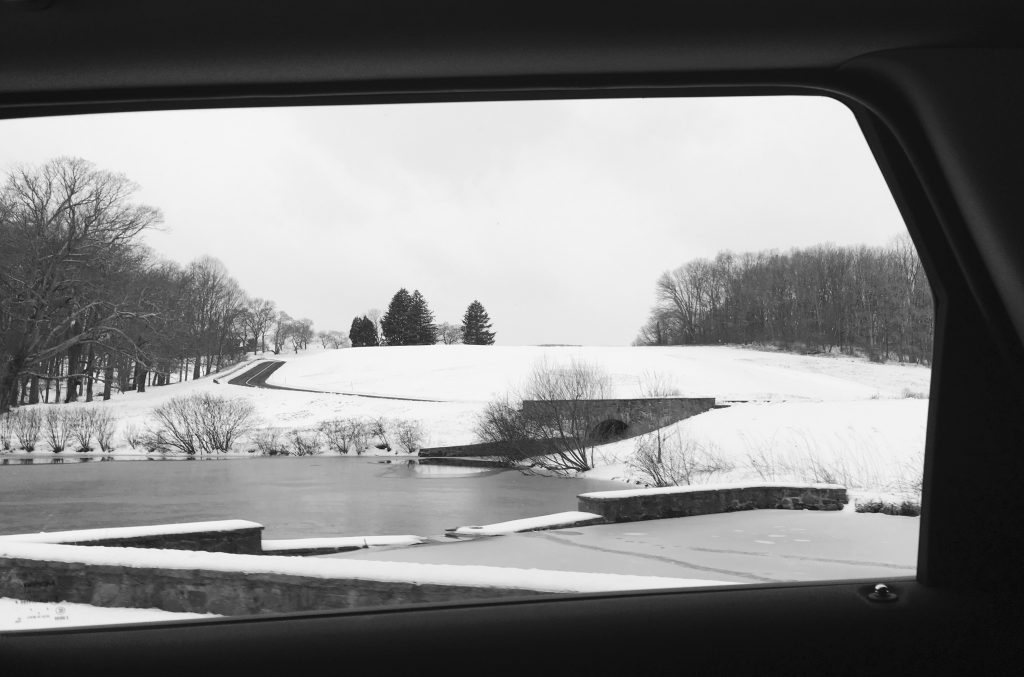 Insects and vertebrate pests can do irreversible damage to objects of historic and artistic value. Preventing such damage is an essential element of best practice in collection care and requires the design and implementation of an Integrated Pest Management (IPM) policy and plan.
Insects and vertebrate pests can do irreversible damage to objects of historic and artistic value. Preventing such damage is an essential element of best practice in collection care and requires the design and implementation of an Integrated Pest Management (IPM) policy and plan.
In March 2017 the Winterthur Museum, Garden & Library and the University of Delaware Program in Art Conservation hosted a workshop, Stressed About Pests? Integrated Pest Management Training for Heritage Preservation Professionals for WUDPAC students and area professionals. 
The workshop introduced participants to multiple aspects of IPM: policy and procedure; preventing infestation; trapping and monitoring; remedial treatment; basic pest identification. It was designed for small to mid-sized institutions needing to establish or improve an IPM program as well as anyone needing to develop or refresh basic IPM knowledge.
Rachael Perkins Arenstein, a conservator specializing in preventive  care, Pat Kelley, an entomologist with extensive knowledge of museum collection care practices, and Matt Mickletz, the person responsible for the daily implementation of Winterthur’s IPM program, worked together to teach the theory and practice of IPM using a a combination of lectures, discussions and hands-on exercises. The workshop was coordinated by Professor Joelle Wickens, Associate Conservator and Preventive Team Head with funding generously provided by Tru-Vue.
care, Pat Kelley, an entomologist with extensive knowledge of museum collection care practices, and Matt Mickletz, the person responsible for the daily implementation of Winterthur’s IPM program, worked together to teach the theory and practice of IPM using a a combination of lectures, discussions and hands-on exercises. The workshop was coordinated by Professor Joelle Wickens, Associate Conservator and Preventive Team Head with funding generously provided by Tru-Vue.
The program was designed to:
- Identify the stakeholders in their institutions who must be involved in setting up a successful IPM program
- Understand which policies and procedures set the groundwork for successful implementation

- Survey a building envelope and collection areas to identify locations vulnerable to entry and infestation
- Determine what kind of traps can be used to monitor collection areas and where they should be placed
- Identify some of the most common museum pests
- Work effectively with a pest management professional
- Understand the range of options for museum appropriate treatment of pest infestations and what is needed to implement them
Participants in the workshop can access the password protected workshop page for additional information.

 I was delighted to have the privilege of representing Columbia University Libraries at the 2017 Integrated Pest Management Working Group meeting, hosted by Winterthur Museum. Colleagues from Columbia University Libraries have participated in many past IPM working groups and we have benefited greatly from the relationship with these lovely pest experts! Despite differences in the nature of our collections, libraries and museums face many of the same pest management issues and there is much we can learn from each other.
I was delighted to have the privilege of representing Columbia University Libraries at the 2017 Integrated Pest Management Working Group meeting, hosted by Winterthur Museum. Colleagues from Columbia University Libraries have participated in many past IPM working groups and we have benefited greatly from the relationship with these lovely pest experts! Despite differences in the nature of our collections, libraries and museums face many of the same pest management issues and there is much we can learn from each other.
